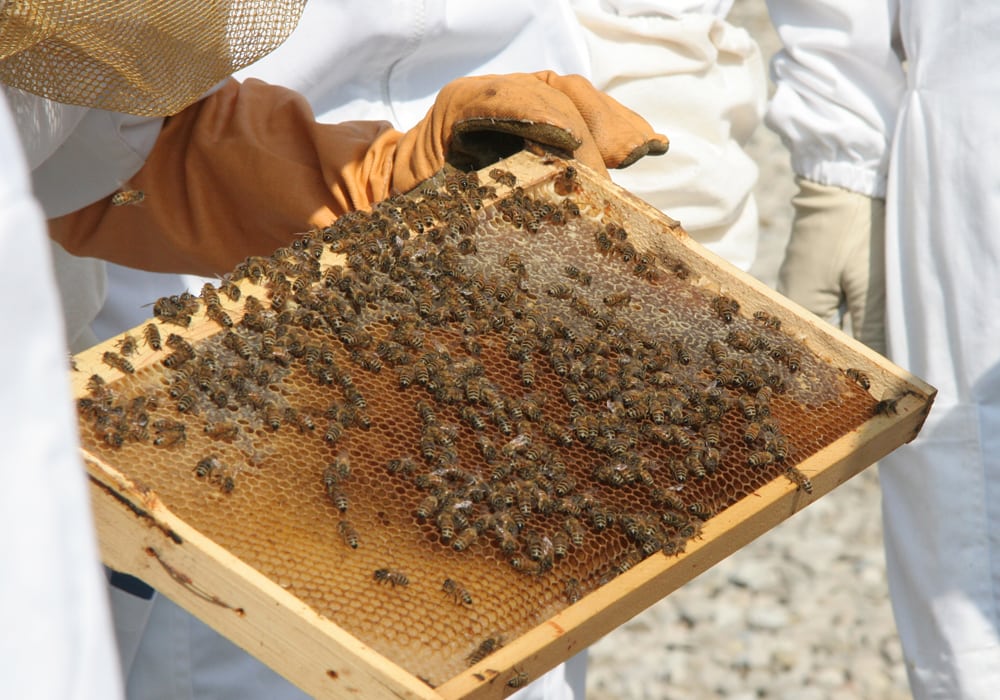About 40 percent of Alberta’s bee colonies did not survive the winter of 2020, the highest percentage of any province in Canada.
On Sept. 11 the Canadian Association of Professional Apiculturists released its annual report on honeybee losses across Canada. After surveying beekeepers from coast to coast, they concluded that 30.2 percent of bee hives failed to survive the winter, meaning a colony didn’t have sufficient bees to be viable.
That’s an increase from the winter of 2018-19, when 25.7 percent of hives didn’t survive.
Read Also

Ag In Motion 2025 site hub of activity
day before Ag in Motion preview.
Over the last five years, bee colony losses in Canada have ranged from about 16.4 percent to 32 percent. So, the 2019-20 numbers are higher than average.
Alberta beekeepers who responded to the survey, cited chilly temperatures and spring “dwindle” as a major reason for winter losses in their province.
“Beekeepers reported that a considerable number of colonies perished in April and early May, likely as a consequence of cold spring weather,” the CAPA report said.
Colony losses were much lower in Manitoba and Saskatchewan, relative to Alberta.
Manitoba beekeepers reported 24.7 percent winterkill and losses were 20.1 percent in Saskatchewan.
Winter and spring weather is always a significant factor in winter losses, but a growing number of beekeepers say poor queens are a problem.
“Poor queens can result in weakened colonies entering the winter with an insufficient number of bees to survive,” the CAPA report said. “If a queen becomes infertile or dies during the winter, the colony will also perish as there is no opportunity for the beekeeper to replace the queen…. This marked increase in poor queen quality… is a concern that merits further investigation.”
While winter losses were above average in 2019-20, the CAPA report contained some positive news.
The number of honeybee colonies in Canada has climbed over the last 12 years. Last fall, there were 773,000 bee colonies in the country, Statistics Canada reported.
That’s up 34.8 percent from 2007.
Contact robert.arnason@producer.com


















